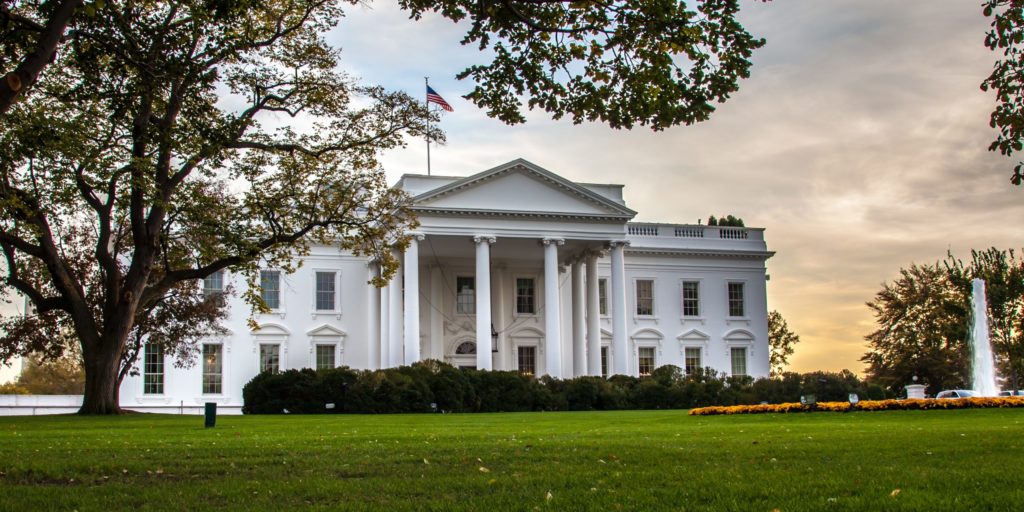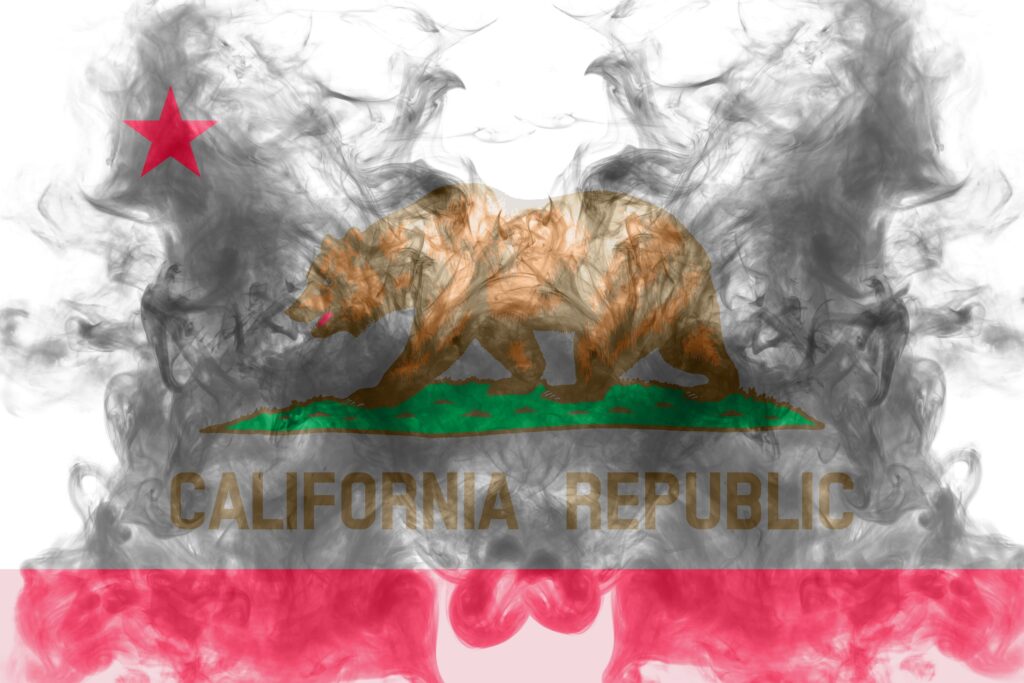Bloomberg TV: The Surging Cost of Insurance
Jerry Theodorou, R Street Institute’s director of finance, insurance, and trade appeared on Bloomberg’s “Wall Street Week” to discuss the increase cost of insurance. Watch the full segment below or here.
Transcript
Voiceover: As risk increases in the United State and costs to insurers stack up, insurance premiums have also been on the rise.
David Lawrence Westin (Host): Are we at a historical high here in the cost of insuring a home?
Jerry Theodorou: I’d say yes. The average cost for a Florida homeowner’s policy is about $6,000.
Westin: Jerry Theodorou is director of the Finance, Insurance, and Trade Policy program at the R Street Institute, a DC-based think tank that promotes free markets.
Theodorou: In the insurance world, in rate making and pricing, the rate follows the risk. The risk magnitude has increased, so because the risk is increased, the losses have increased, and insurers are playing catch-up and raising prices, and there are some unique factors for Florida which differentiate it from the rest of the country.
Westin: It turns out that extreme weather is only one of those unique factors. Insurance has also gone up because of people moving to the state and building more expensive houses in risky locations.
Theodorou: Because there’s more built-up value. Florida had a population of 2.2 million in 1946, and it’s now 22 million. It increased 10 times, so, there’s a lot more built-in value in Florida. It’s available there to be hit by a hurricane and be destroyed. So, we’ve got climate change. We’ve got the built-up environment which has grown. There’s more real estate out there to be destroyed. And you have the inflation in these prices. So, it’s like a trifecta.
Westin: A lot of circumstances hit at the same time.
…
Westin: Theodorou says the greatest problems facing insurance markets have been man-made. Companies leave states like Florida and California not because they can’t price climate risk, but because they know the risk, and state laws and litigation won’t always let them keep up with it.
Theodorou: If they’re underpricing, they’re not going to have a 6% profit margin, which is the going rate for insurance companies. Insurance companies are not fat, rich organizations. So, that’s why you have this seeming exodus from California.
…
Westin: And even though we’re closing the books on one of the worst hurricane seasons on record, signs are that this year’s natural catastrophes haven’t led to financial ones.
Theodorou: It’s a chain there that spreads the risk around, so that when you have a catastrophic event like Hurricane Helene, it didn’t hurt the third quarter earnings. A remarkable thing–it happened at the end of September. Helene went up to North Carolina. But the insurance companies, they just reported the third quarter earnings last few weeks, and they were pretty upbeat, didn’t lose a lot, because very sound, prudent use of reinsurance, and there’s also private investors that want a piece of the action in the form of insurance-linked securities, also called catastrophe bonds. So, there’s a lot of capital. So, whereas people are talking about, oh, this is going to be a $40 billion, $50 billion event, insurance companies can handle that. They’re built to do that. That’s what they do. So, we’re seeing some positive, some tailwinds that are really worth watching.
Westin: Despite all the factors driving insurance costs up, those who know the industry well see cause for hope, at least in Florida, where the government has worked to reduce lawsuits that have cost a good deal to insurance companies.
Theodorou: The good news is about a year and a half ago, the governor of Florida signed into law some comprehensive tort reforms that really cut the feet out from the–or cut the legs off from some of these excesses of litigation. After the tort reforms went into effect last year in March, we’ve seen that the number of lawsuits in the first 3 quarters of the year, because we just saw the Q3 numbers, went down by 24%.
…
Theodorou: Recently, one of the publicly traded insurance companies in Florida said that we’re not doing more rate increases. So, it appears as if the insurance industry has caught up with the loss magnitude.






